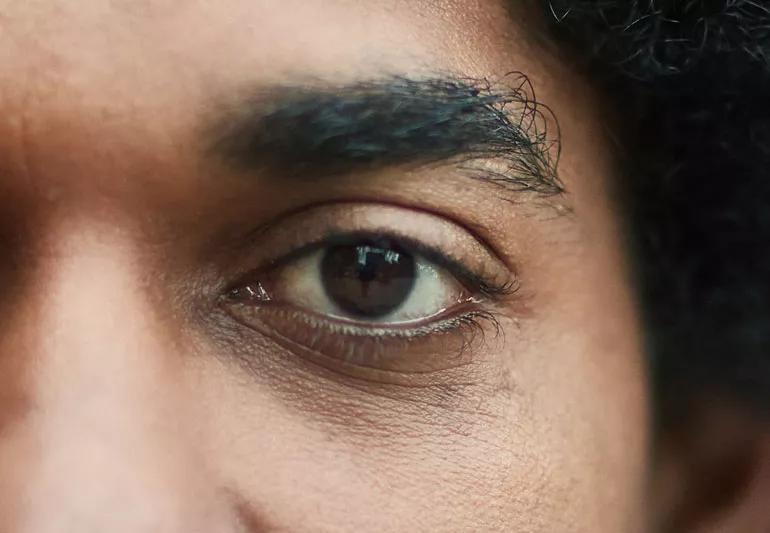Common causes for repetitive spasms of your eyelid muscle

There’s nothing worse than trying to focus during the day with a pesky eye twitch that won’t stop flickering. You know what we mean — that repetitive, involuntary spasm of your eyelid muscle that occurs every few seconds for a minute or two.
Advertisement
Cleveland Clinic is a non-profit academic medical center. Advertising on our site helps support our mission. We do not endorse non-Cleveland Clinic products or services. Policy
The most common culprits behind the dreaded eye twitch are stress and fatigue. Other causes include:
But is that twitch just annoying or can it be a sign of a more serious problem? Oculofacial plastic surgeon Julian D. Perry, MD, has your answer.
Eye twitches are common and usually aren’t anything to worry about, says Dr. Perry. Most of the time, these unpredictable eye spasms will resolve on their own without any need for medical treatment.
“Many patients worry this may represent a neurologic problem. They worry that something serious is going on, but that’s rarely the case,” Dr. Perry says.
“Several things can cause one or both eyes to twitch and they can last for days to weeks, which can be very frustrating,” he says. “But these types of twitches are rarely a sign of a serious problem.”
To get your eye twitch to calm down, Dr. Perry suggests getting enough rest, cutting back on caffeine and reducing stress as much as possible. Eye drops also can help if your eyes need moisture.
If your eye twitching lingers for longer periods or becomes particularly bothersome, Dr. Perry recommends a visit to an eye doctor to make sure nothing more serious is going on.
Advertisement
Seek an evaluation if you notice any of these four signs:
Eyelid twitching can sometimes be a part of spasm conditions affecting the eyes, such as essential blepharospasm or hemifacial spasm. “These disorders were some of the very first indications for Botox® injections, the same medicine that we now use to treat wrinkles,” says Dr. Perry.
Very rarely, eyelid spasms are a symptom of a more serious brain or nerve disorder. In these rare cases, eyelid spasms may be an early warning sign of a chronic movement disorder, especially if the spasms are accompanied by other facial twitches or uncontrollable movements.
“While serious disorders are rare, patients who are finding those benign twitches very annoying can find quick improvement with a few injections,” Dr. Perry says. “So it’s worthwhile to come in for an evaluation if the symptoms are bothersome.”
Advertisement
Learn more about our editorial process.
Advertisement

To avoid swimmer’s eye, wear goggles, use eye drops and flush out your eyes with fresh, clean water when irritated

Too much blue light, especially from digital sources, may lead to eye strain and computer vision syndrome

Having a first-degree biological relative with this eye condition raises your risk, but other factors are at play, too

The differences are few, but ophthalmologists can perform eye surgeries and more complex procedures

Expect to be seeing clearly just 24 hours after LASIK surgery

Your eyes may sting or burn for a few hours after surgery — that’s why your surgeon will recommend a nap

The first three days can be tough — but easier days are ahead

Once your baby’s eyes are exposed to more light, they may start to deepen in hue or change color altogether, usually between 3 and 9 months

If you’re feeling short of breath, sleep can be tough — propping yourself up or sleeping on your side may help

If you fear the unknown or find yourself needing reassurance often, you may identify with this attachment style

If you’re looking to boost your gut health, it’s better to get fiber from whole foods